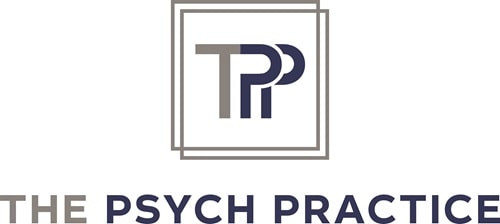Some people may experience post-traumatic stress disorder (PTSD) following a traumatic brain injury (TBI). PTSD is a severe psychological reaction to a traumatic event. It involves the persistent re-experience of the trauma, avoidance of the stimuli which reminds the person of the event, increased arousal, and a numbing emotional response.
Loss of memory for the circumstances of the injury means that most people with severe brain injuries are not troubled by disturbing memories of the event and as such, PTSD is most commonly experienced after mild brain injuries when memories of the circumstances surrounding the injury are retained. However, some may develop a fear of the circumstances similar to that of the injury and a small number of people have disturbing memories of the early stages of their recovery.
Grounding techniques for PTSD following TBI
Grounding is a practice that can help you pull away from:
- Flashbacks;
- Unwanted memories; and
- Negative challenging emotions associated with PTSD.
- It can help with (1) Distracting yourself from stressful and anxiety-provoking situations by thinking about something more pleasant. And (2) It can help you ground yourself when you feel high levels of anxiety or panic.
Grounding technique #1: The 5-4-3-2-1

Name:
- Things you can see (you can look within the room and out of the window?
- Things you can feel (like the silkiness of your skin. The texture of the material on your
chair, what does your hair feel like? What is in front of you that you can touch? A table perhaps?)
- Things you can hear (traffic noise or birds outside)
- Things you can smell
Thing you can taste (it might be a good to keep a piece of chocolate handy in case you are doing this exercise. You can always leave your chair for this one and when you taste whatever it is that you have chosen, take a small bite and let it swill around your mouth for a couple of seconds, really savoring the flavour.
Grounding technique #2: Distract yourself
There are several ways to distract your mind, so it stops thinking about whatever it is that is worrying you and focuses on something that isn’t emotionally driven. Here are two quick ways to do it:
Pick a colour: how many things in different shades of that colour can you see around the room or out the window? Still feel anxious? Pick another colour!
Count backwards by 7, starting at 100. It isn’t easy and needs you to concentrate. This one can also be helpful to do when you are finding it hard to sleep

Grounding technique#3: Hold something and really focus on it
Hold an object in your hand and really bring your full focus to it. Notice the patterns, the colour variances, the shadows, and the shape, how heavy or light is it in your hand, what does the texture feels like under your fingers. This can be done with any object you have lying around. If you know you are going into a stressful situation, take one of your favourite small objects and put in your pocket or purse so you can do this calming exercise on the go.
Treatment for PTSD
The main treatments for post-traumatic stress disorder (PTSD) are psychological therapies and medicine.
For further help see below:
- Monitor your symptoms to see whether they improve or get worse.
- See your GP, they may refer you to a specialist service and or give you medication;
- Self-refer to your local psychological therapy service (you may receive trauma focused CBT or EMDR)
- Teduh App: Grounding Guidance
– There are a number of charities that provide peer support and advice for PTSD e.g.
- Combat Stress – a military charity specialising in helping ex-servicemen and women
- Rape Crisis – a UK charity providing a range of services for women and girls who have experienced abuse, domestic violence and sexual assault
- Victim Support – providing support and information to victims or witnesses of crime
- CRUSE – a UK charity providing support and information for people who have experienced bereavement
-Access private psychological therapies via The Psych Practice, telephone 020 8058 4060, email: admin@thepsychpracticetpp.com
Need any further information?
We at The Psych Practice support individuals, couples and families living with brain injury.
For more details, please contact us on:
Telephone: 020 8058 4060
Email: admin@thepsychpracticetpp.com
www.thepsychpracticetpp.com


Recent Comments